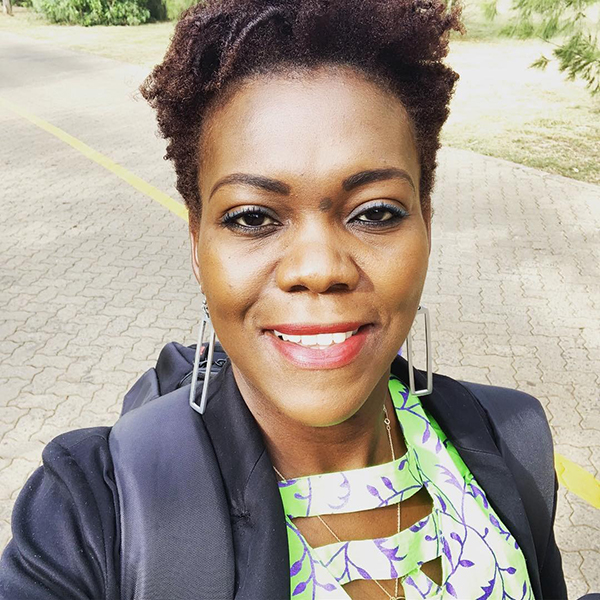The value of community stewardship in sustainable forest management is widely recognized. In Kenya, community engagement is the bulwark of the government’s strategy to achieve 10 percent tree cover by 2022. As this target date is fast approaching, the government has intensified tree planting and growing activities across the country with community engagement, particularly amongst youth and women.
As a strategic partner of the Government of Kenya, UNDP is mainstreaming community engagement as an essential element of its climate change programming. As such, Kenya’s FCPF REDD+ Readiness Project -- for which the foundation was laid by the UN-REDD Programme – is being implemented with support from UNDP, and has engaged widespread community participation in the readiness process. This engagement has been boosted by robust and healthy partnerships including the county governments in Elgeyo Marakwet, Nyeri and Narok.
In Elgeyo Marakwet, community-based organizations such as the Keptigis Women’s Group and the Keiyo West Youth Group are running nurseries to provide seedlings for planting to the public. These nurseries not only provide seedlings to individuals and companies that want to reforest, but they also help them earn a living. Such incentives not only inspire the community to get involved in reducing emissions caused by deforestation, but also provide locals with green jobs.
"The government allocated some money to enable youth to earn a livelihood,” said Governor Alex Tolgos. “When they started, they were working in their municipality Iten, collecting litter around the town. But through the policy that was developed by UNDP and Ministry of Environment and Forestry, we saw an opportunity to engage youth in developing tree nurseries. Currently, we have over 12 million trees which are ready in their nurseries and which we are going to plant.” This and many other initiatives will help the county achieve 60% tree cover and eventually, help the larger country with its 10% tree cover goal.
Additionally, the success of these engagements is evident in Nyeri county, which has the highest forest cover in Kenya at about 38%. Nyeri has relied mainly on the involvement and commitment of the public. Home to Wangari Maathai, the Nobel Laureate and conservationist, community members in Nyeri have taken up nurturing tree nurseries as a form of livelihood, but also as a means to conserve and protect their forests.
“Some of the tree nurseries started by Wangari Maathai still exist today because she cultivated a culture of valuing trees within this region,” said Fredrick Wanjohi Kinyua, County Executive Committee Member for Nyeri. “Nyeri has a forest cover close to 38.4%, and with the concerted efforts of the national government, county government and the community, we will achieve our desired 42% in the next three years.”
Narok county has seen the re-afforestation of Enoosupukia, famously known as a forest with no trees, with 100% tree growth. This has led to the reappearance of water sources trickling up to 17 kilometres downstream, something last seen in the late 80s. With the participation of multiple partnerships, particularly at the community level, the area has seen 450 hectares afforested and 14,000 hectares protected. In addition to what the community has already done, the government has committed to rehabilitate another 14,000 hectares in Enoosupukia.
These joint efforts prove community engagement in conservation and restoration is a great success. “In Narok county, we have been cooperating with several actors to rehabilitate this forest,” said Kiragu Peter a County forester in Enoosupukia Forest. “We have seen that the forest is very important to our community. Before, we did not have water. Now we see that the forest has brought the water up that was not there before, and the community is very happy because they now have fresh water for themselves and their livestock. As a county, we are committed to working with all actors to ensure we have a forest because we have seen the benefits it brings.”
Engaging and empowering communities to sustainably use and manage forests is a key step in combating climate change. Having the full commitment and participation of the community has contributed to the restoration of degraded forest areas which, in turn, protects forest ecosystems.

